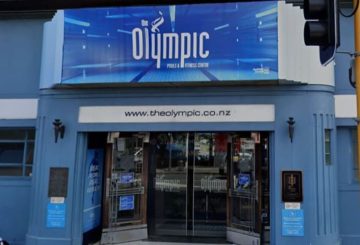Kūmara, một loại khoai lang, đang trở lại sau khi nhiều vụ mùa bị phá hủy bởi cơn bão Gabrielle. Gần như toàn bộ kūmara của New Zealand được trồng ở Northland, nơi khí hậu ấm áp và đất đai màu mỡ là lý tưởng. Tuy nhiên, cơn bão đã khiến phần lớn cây trồng bị thối rữa trong lòng đất. Ở mức tồi tệ nhất, một số giá kūmara đạt 14 đô la mỗi kg.
Bây giờ, kūmara màu cam, vàng và đỏ của mùa mới đã trở lại trong siêu thị. Brigit Corson, người đứng đầu ngành Thực phẩm Sản xuất và Thợ thịt North Island, cho biết kūmara đỏ có giá khoảng 7 đô la một kg. Các giống cam và vàng vẫn đang được thu hoạch, nhưng giá của chúng dự kiến sẽ giảm xuống còn 7 đô la mỗi kg trong những tuần tới. Khi nguồn cung tăng, giá sẽ tiếp tục giảm.
Corson giải thích rằng kūmara là một loại cây trồng đa năng và mọi kích cỡ đều được sử dụng. Những cái lớn hơn thường được chế biến, những cái nhỏ hơn được bóc vỏ và sử dụng trong băm kūmara, và những cái cỡ trung bình được bán trong siêu thị. Tuy nhiên, do sự thiếu hụt gần đây, tất cả các kích cỡ đã được bán, dẫn đến một số thay đổi kích thước cho khách hàng.
Vào năm 2023, khoảng 60% vụ mùa kūmara đã bị phá hủy. Năm nay, vụ mùa dự kiến sẽ trở lại mức gần như bình thường. Kūmara được thu hoạch mỗi năm một lần và sau đó được bảo quản trong kho lạnh cho đến khi nó được đưa ra thị trường. Với một vụ mùa bình thường, Corson dự kiến sẽ có sẵn kūmara cho đến khi mùa mới bắt đầu vào tháng Hai.
Lốc xoáy Gabrielle cũng ảnh hưởng nghiêm trọng đến những người trồng táo và quả đá ở Vịnh Hawke, với một số người mất 25% số cây của họ. Mặc dù vậy, Corson đã ca ngợi chất lượng của trái cây đá và xuân đào hiện có trong các cửa hàng, đến từ Hawke’s Bay.
Theo Stats NZ, giá kūmara trung bình vào tháng 1 năm 2023 là 4,37 USD/kg và tăng lên 12,98 USD/kg vào tháng 9 năm 2023. Giá siêu thị hiện tại khác nhau, với giảm giá có sẵn tại một số cửa hàng.





























































